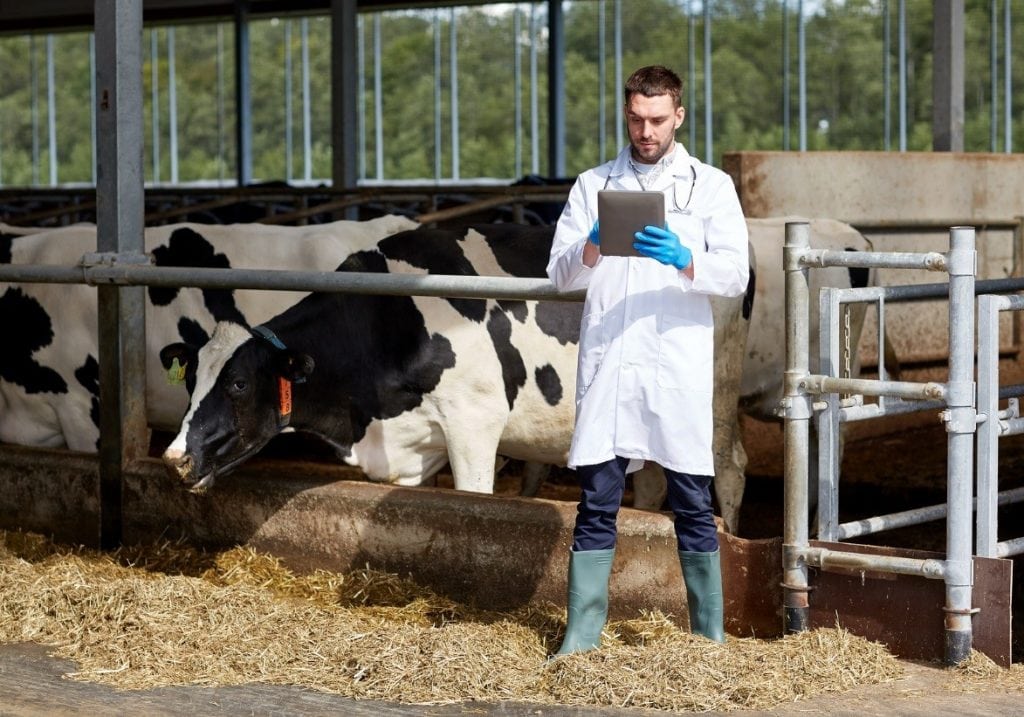It is no secret that Australia is one of the biggest exporters of beef in the world. According to experts, Australia exported 2.2 million tonnes of beef, exporting 67 per cent of it to other countries. Considering how important beef is to Australia, it is only right that those in the beef industry do their part to protect their livestock from heatwaves, especially as numerous states reaching record-breaking temperatures of over 40°C.
Heat stress in cattle can have numerous negative side effects, including slower weight gain and male reproductive failure. As such, it is imperative for cattle farmers to install dome shelters on their land to give their livestock an escape from the heat.
Of course, it isn’t enough to simply place a dome shelter on your property and hope for the best. With that in mind, here are a few tips to help you make the most out of your new dome shelter.
Install Proper Ventilation
Supplying shade isn’t the only way to help livestock keep cool. The ISO-certified dome shelter manufacturer, Container Domes Australia, is more than happy to install whirlybirds and other forms of ventilation in your dome shelter. This keeps air constantly flowing, helping dissipate heat and keeping your livestock cool.
Set Up a Water Trough
Cows do not have many active sweat glands, forcing them to cool down through other means like increasing their water intake. Taking this into account, it may be a good idea to set up a water trough near or inside your dome shelter to keep water cool and to provide your livestock with a shaded area while they drink. You may also want to look into setting up a cooler in the area so the trough is constantly supplied with cold water.
Time Your Feedings Right
Many beef farmers have a habit of feeding their livestock mid-morning. Unfortunately, the metabolic heat load of bovine peaks roughly 4 hours after eating. In this scenario, the heat made from digesting food will coincide with the hottest stretch of the day. A simple workaround for this issue would be to adjust your feedings to the afternoon or evening. If you must do it in the morning, be sure to round up your livestock before high noon.
Source
Caring for animals during extreme heat, agriculture.vic.gov.au

